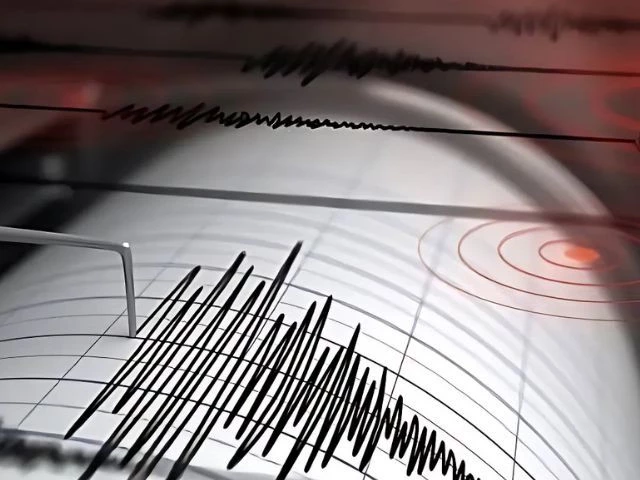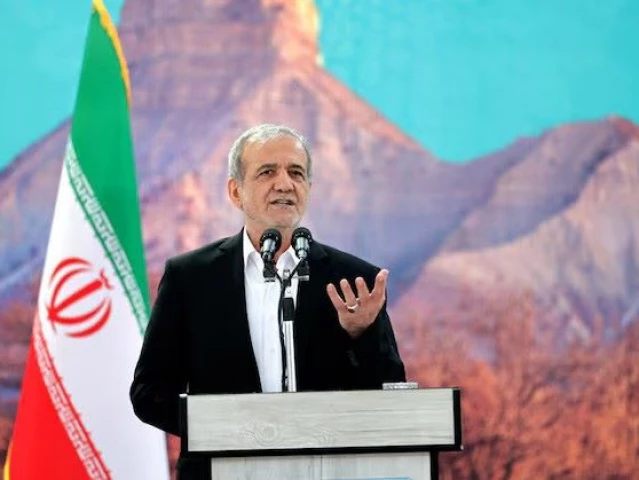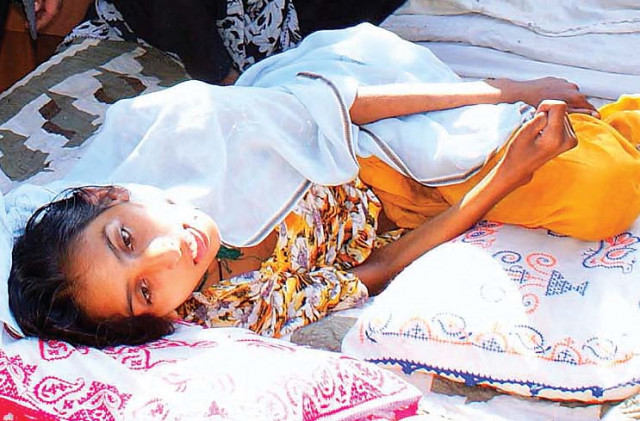Understanding Earthquakes in Khyber-Pakhtunkhwa: Recent Activity and What It Means
On a rather ordinary Wednesday, Khyber-Pakhtunkhwa (K-P) was shaken by a 5.3 magnitude earthquake. Reports from the Associated Press of Pakistan indicate that cities like Upper Dir, Chitral, and Swat felt the tremors strongly, leading many residents to bolt outside for safety. Thankfully, initial reports show no immediate casualties or damage, but this event is a stark reminder of Pakistan’s seismic reality.
So, what causes these earthquakes? The Seismological Centre has pinpointed the earthquake’s epicenter in the Hindukush region of Afghanistan, about 102 kilometers from Bajaur. This area, along with much of Pakistan, sits on multiple active fault lines, making the country particularly vulnerable to seismic activities. In fact, just earlier this month, a 5.4 magnitude quake was recorded, once again raising awareness about the underlying geological conditions here.
Interestingly, even cities like Karachi, usually more sheltered from seismic events, aren’t immune. In June, the coastal city experienced a total of 19 mild tremors—a record for its history. The Early Tsunami Warning Cell in Karachi confirmed that the strongest of those measured a magnitude of 3.6, while the weakest was merely 2.1. Most of these tremors originated in the Malir district, which adds another layer of complexity to the city’s seismic profile.
Experts believe that these frequent shakes stem from shifts in underground tectonic layers. The earth beneath us is constantly shifting, and when this energy is released, we feel it as tremors. While earthquakes can’t be prevented, being prepared can make a significant difference when they occur.
Living in a seismically active region means that awareness is key. From knowing evacuation routes to having emergency kits on hand, being prepared can help mitigate the impact of a quake. Local authorities often provide guidelines on what to do during and after an earthquake, so it’s wise to stay informed.
For those wanting to learn more about geological events or discuss safety measures, following updates from resources like Pro21st can be helpful. Engaging in community conversations about earthquake preparedness not only empowers individuals but also fosters a supportive environment where everyone can feel a bit safer. Stay informed, stay safe!





